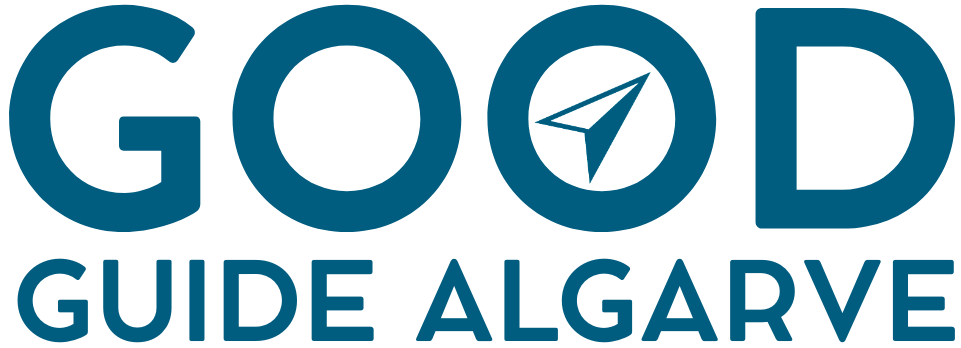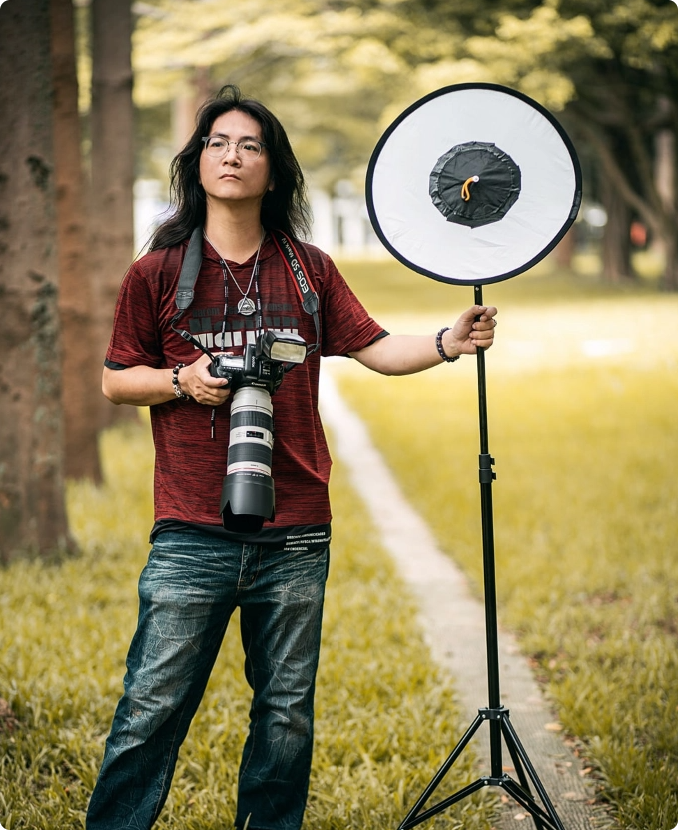Emergencies
Medical emergencies can happen unexpectedly, requiring immediate attention. All residents in Portugal must know how to manage such situations. This article will offer you guidance on emergency contact details, procedures, and prioritisation within Portuguese emergency departments.
The National Institute of Medical Emergency (INEM) responds to medical crises via the European emergency number – 112.
In circumstances of serious or life-threatening events such as unconsciousness, suspected stroke, choking, breathing difficulties, accidents with injuries, chest pain, severe bleeding, or critical burns, promptly dial the 112 line. The trained operators are equipped to offer medical guidance and dispatch an ambulance promptly if required. Most of them speak English but try to speak slowly and in simple English. The 112 number is accessible from all phone types, including payphones and mobiles, and operates round-the-clock.
If you need emergency treatment and you are still able to come to a hospital, you should head directly to the emergency department (urgências). Usually, you will need to take a ticket and wait in line until someone calls you. Don’t forget to bring your ID to show at the reception.
When arriving at the emergency department, the initial step involves registering at the reception desk. The staff will ask for personal details, including your name, address, and insurance particulars. Please remember to bring along identification documents like a passport, residence card or ID card, as well as your health insurance card if applicable.
Triage. As part of the process, patients will receive a coloured bracelet red, orange, yellow, green, or blue. This proces is called Triage. These colors indicate the severity and urgency of the treatment. They can also determine how long it will take for a doctor to see you. Of course, if it is a severe medical emergency, you will receive immediate care, even if you don’t have your documents at hand.The meaning of the various colour codes are as follows:
- Red: Urgent attention required.
- Orange: Assistance needed promptly, usually within ten minutes.
- Yellow: Patients can wait up to an hour to see the doctor.
- Green: Non-severe condition, suitable for referral to a family doctor or day hospital.
- Blue: Non-urgent cases, suitable for referral to a primary healthcare centre.
Waiting time may vary based on the hospital’s caseload and the number of patients in the emergency department. But please be aware that a non-severe or non-urgente indication can mean a waiting time of 6-8 hours or more.
For non-urgent health concerns, you can reach out to SNS 24 at 808 24 24 24. SNS 24 supports citizens by evaluating and advising them during acute illnesses. They can even arrange a primary care visit for you. For a smoother experience, opt for the English helpline by dialling 808 24 24 24, then selecting option 9. This choice not only aids in articulating your issue clearly but may lead to quicker assistance. To understand the difference between INEM and SNS 24, it is important to note that INEM specialises in emergency medical care for accident victims and sudden illnesses, while SNS 24 serves as a telephonic and digital platform offering screening, advice, and referrals for non-emergency health matters.
21 Comments
3qzhpc
7ztp4z
6rjm9r
r4v12l
0yecm9
3fjadk
7o6hdw
tpke3z
mjyp5y
cy2u7w
ebrr6a
6y5fpb
acae5j
fwtl66
18rtl4
ul8wat
18cb7h
fdc5yy
zb071v
ksrmid




xdm307